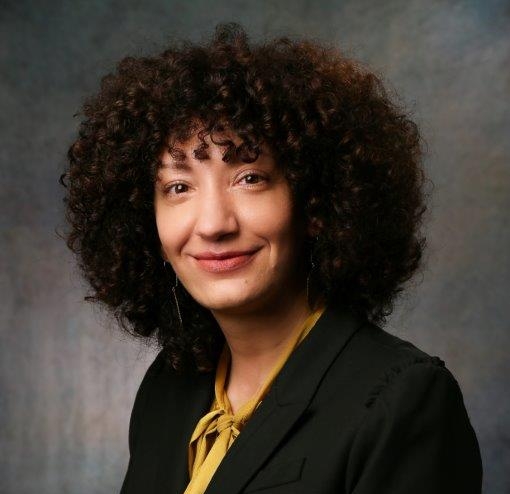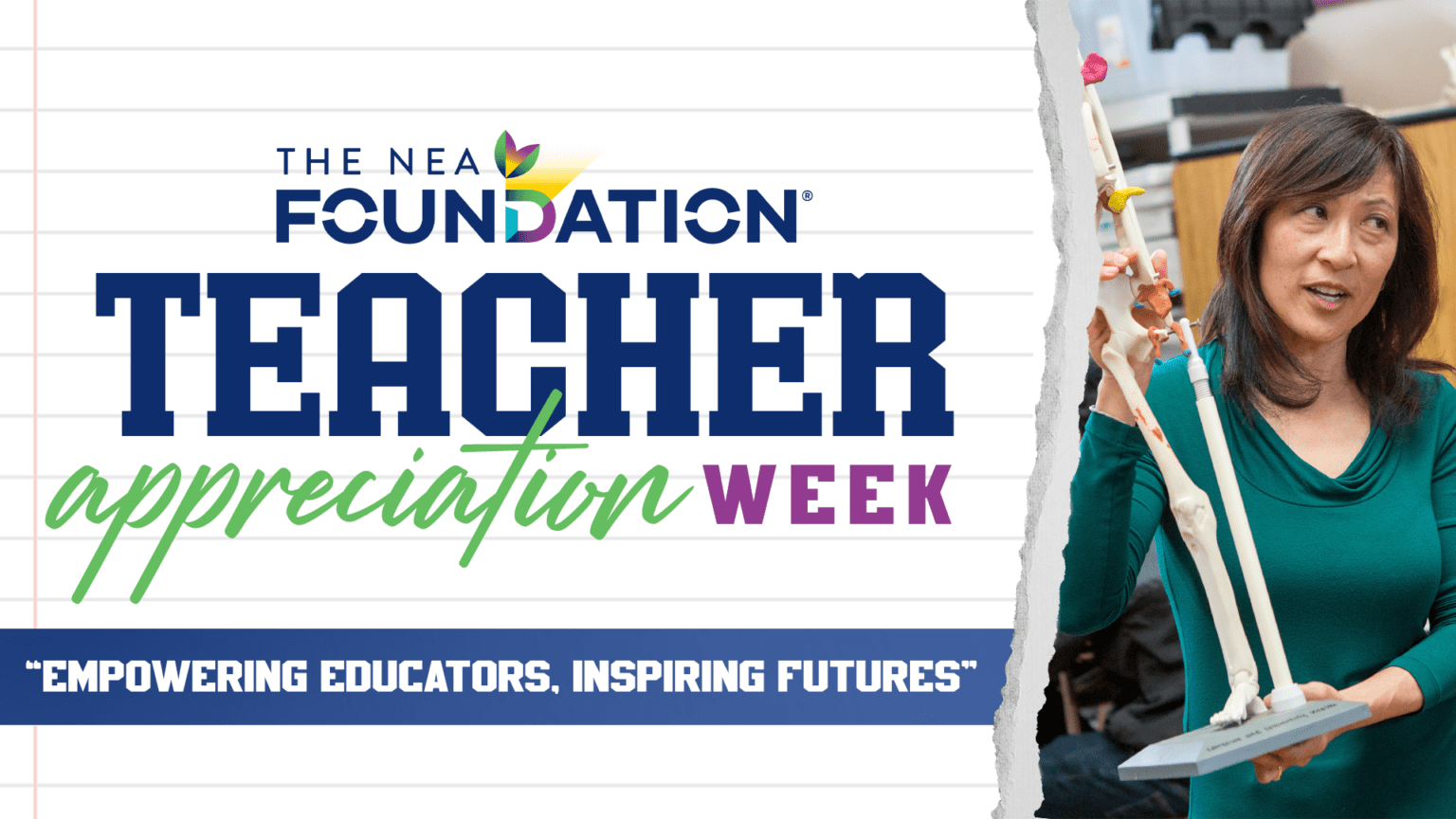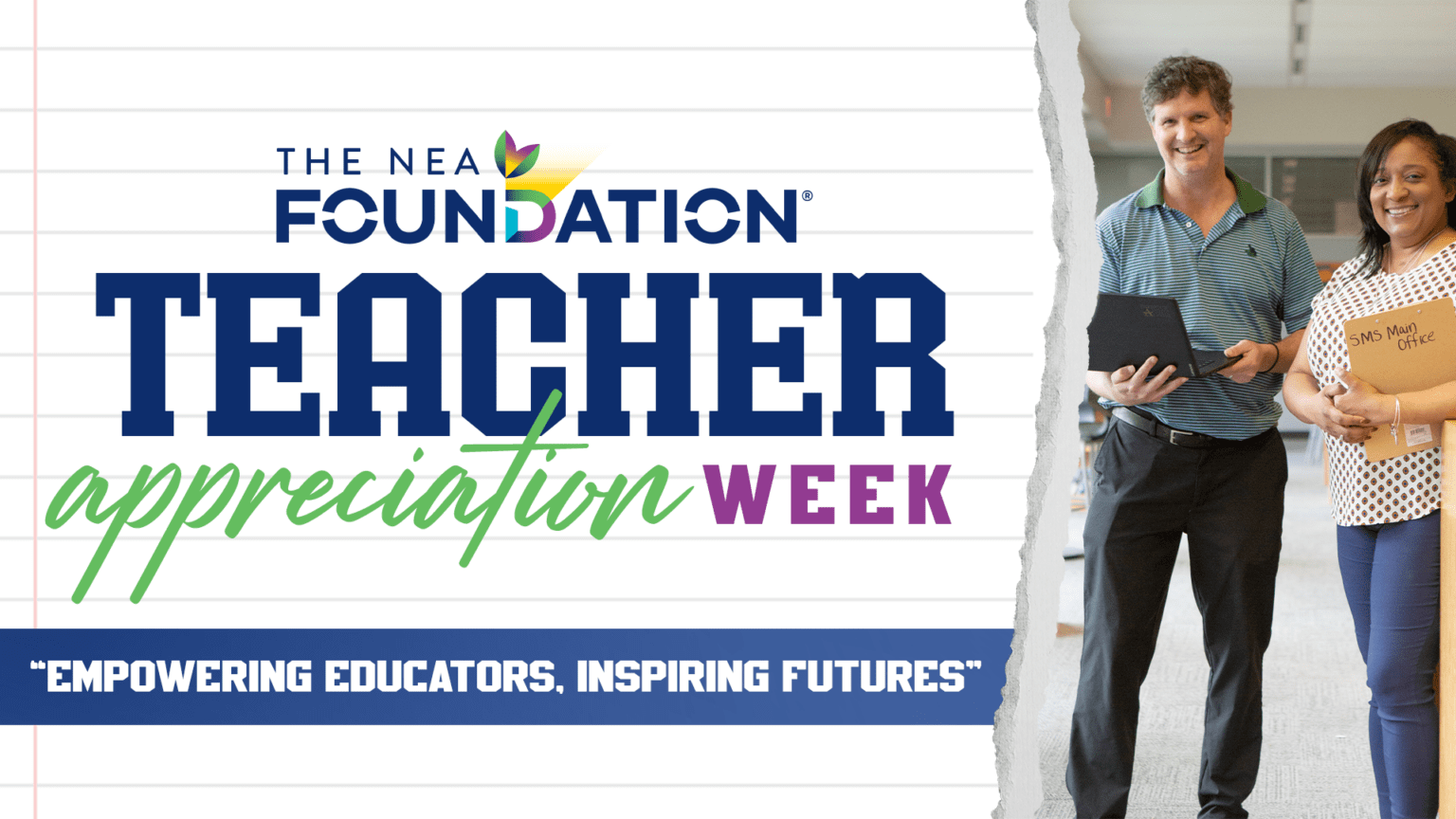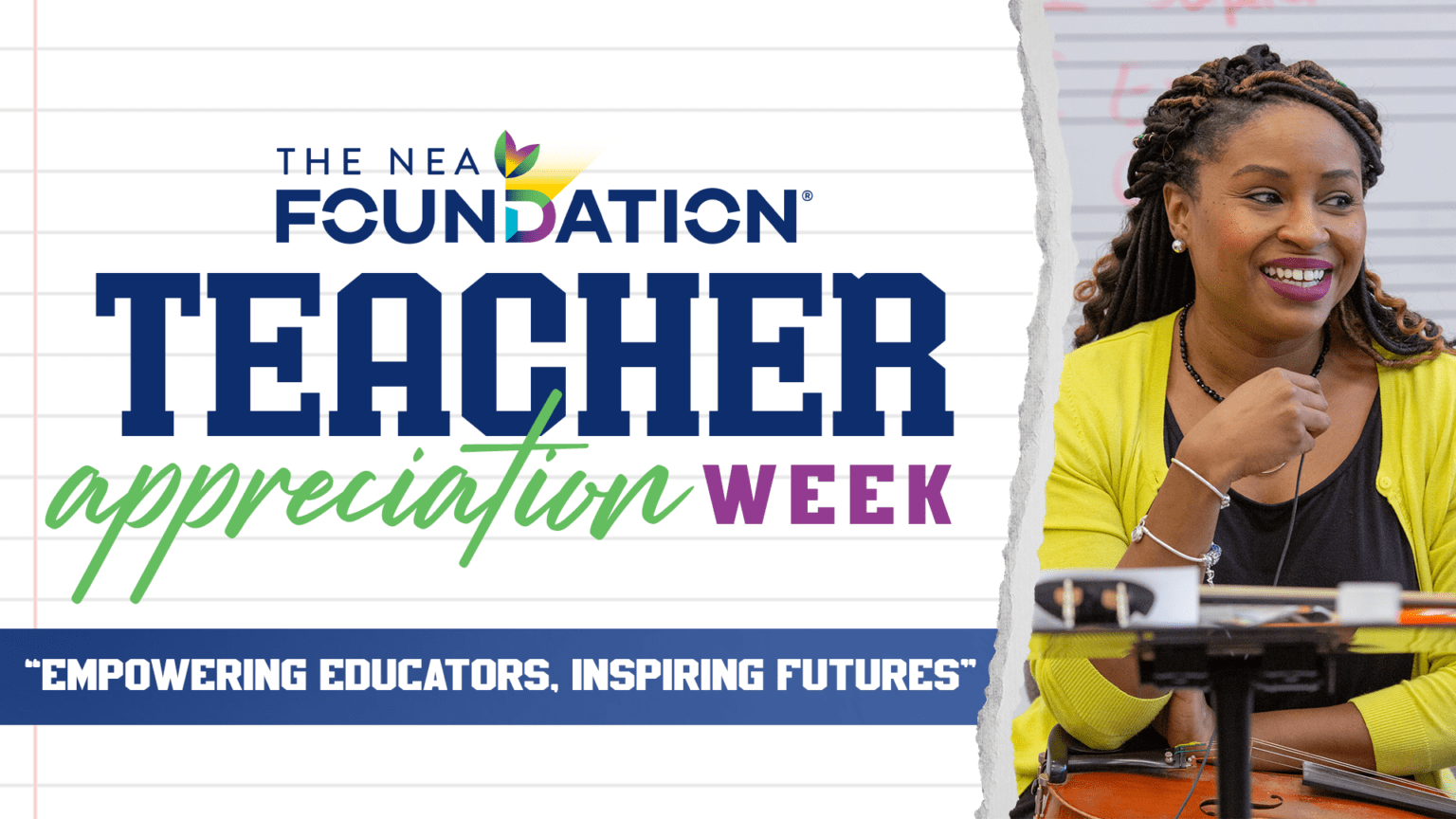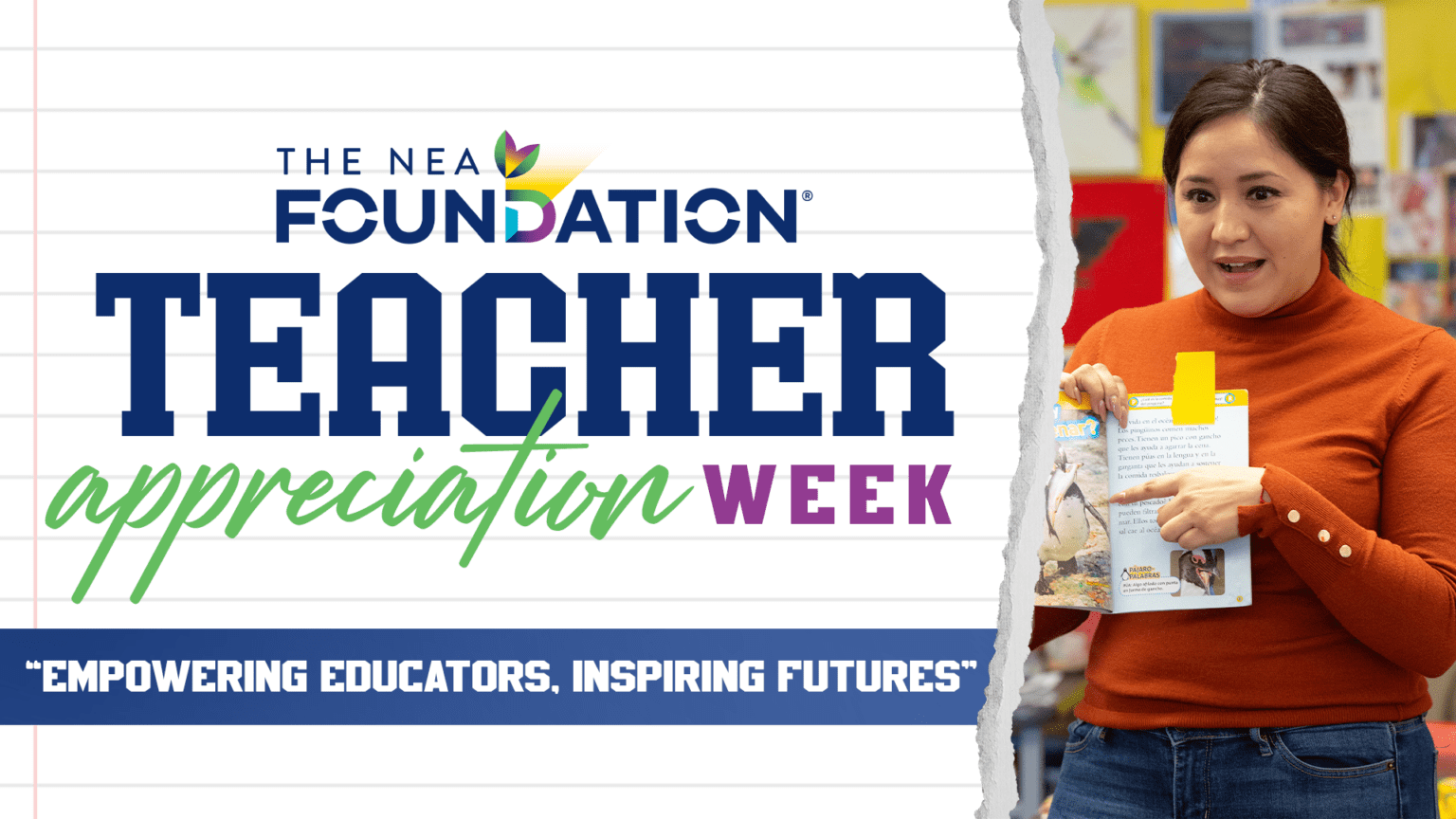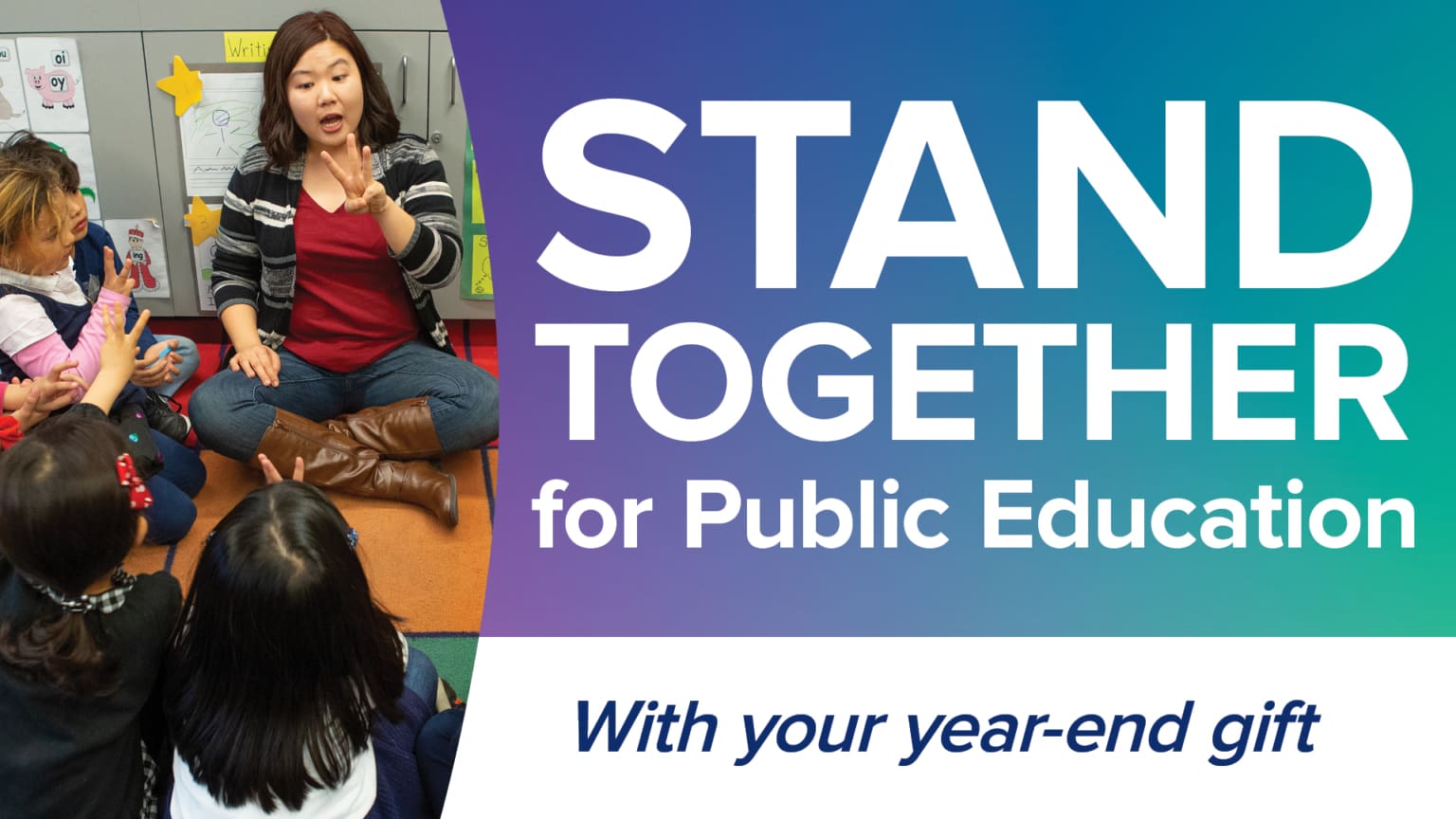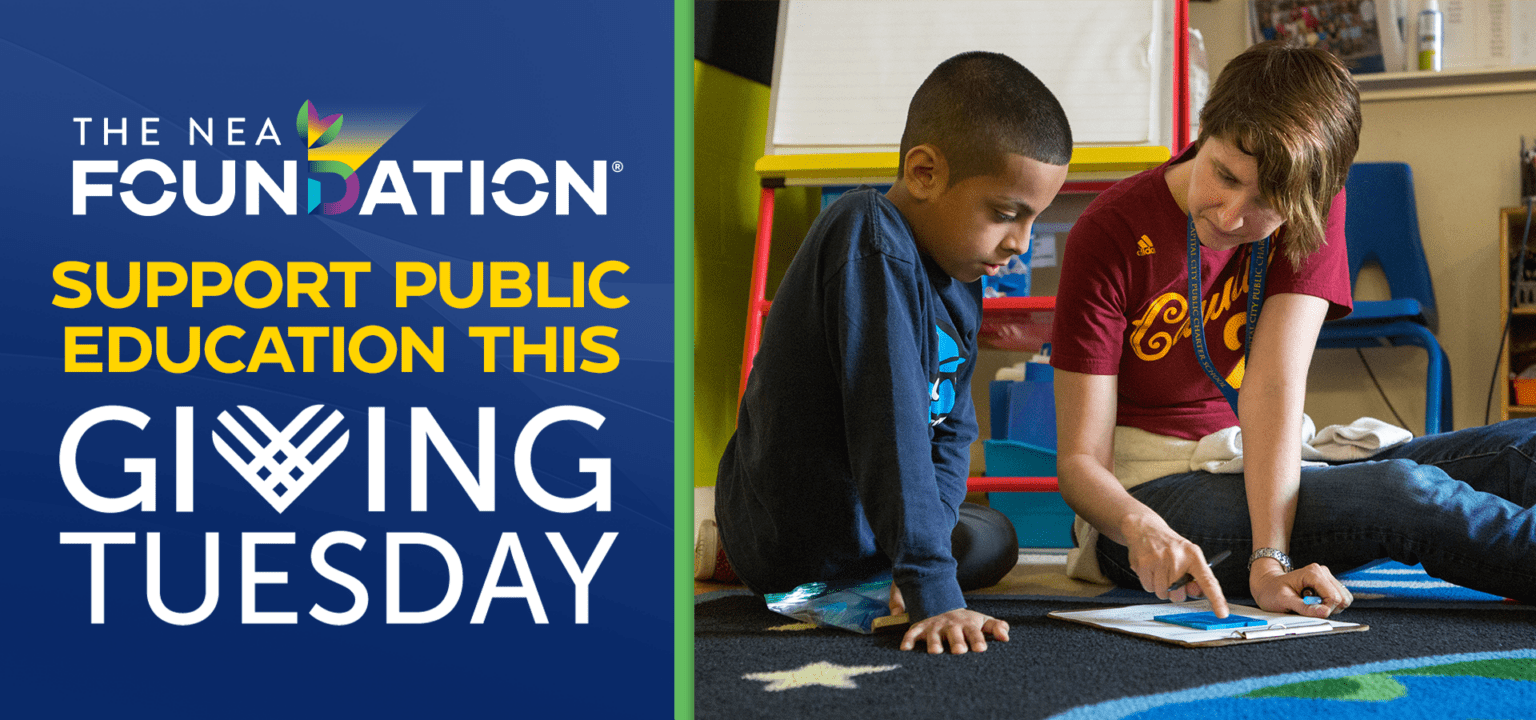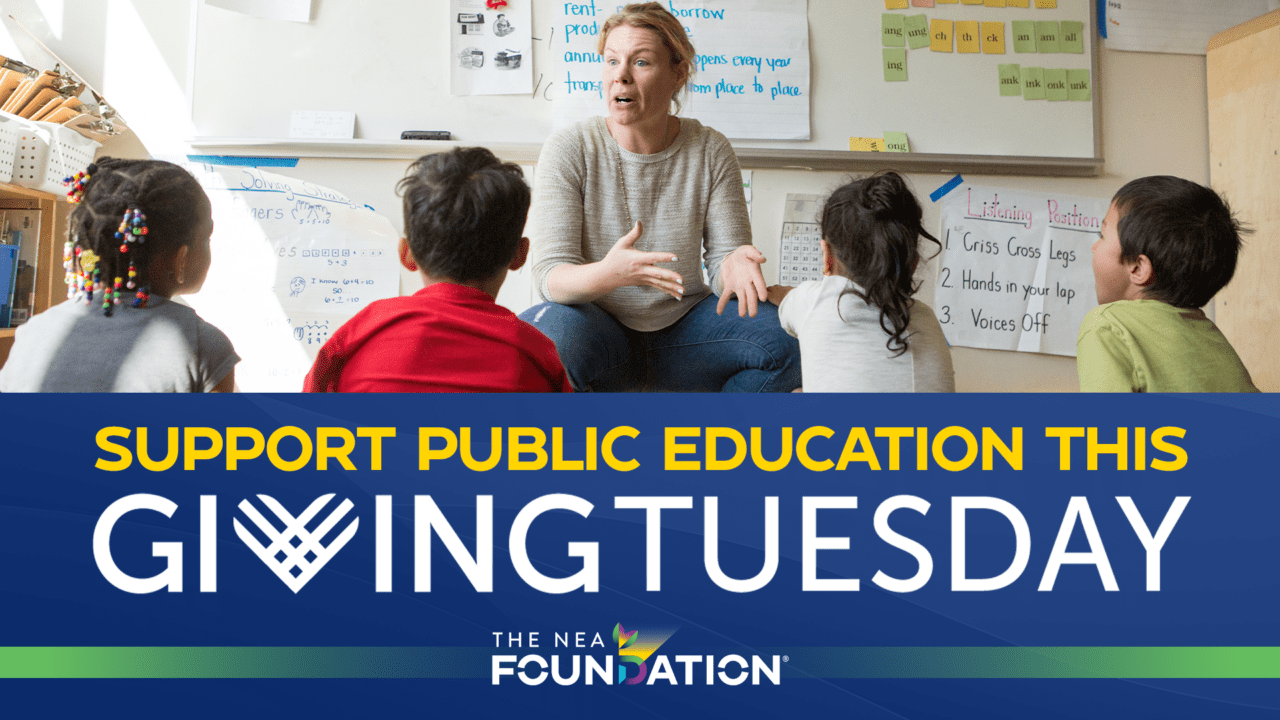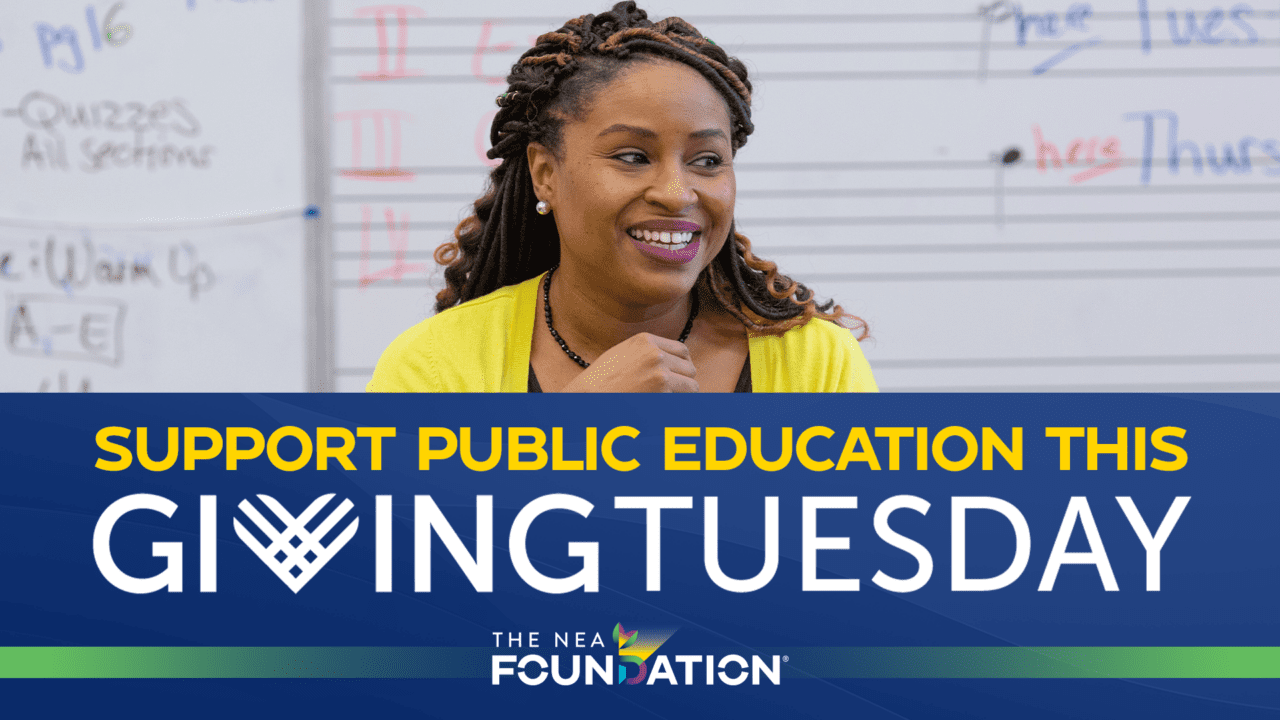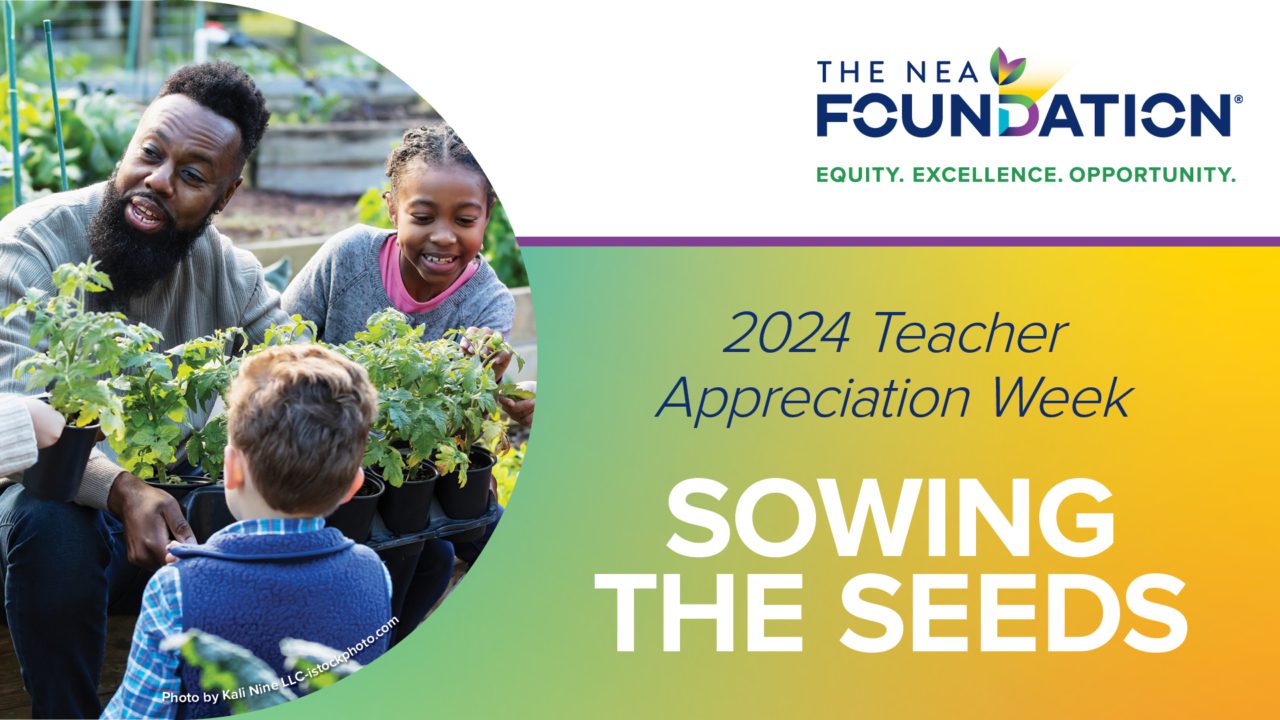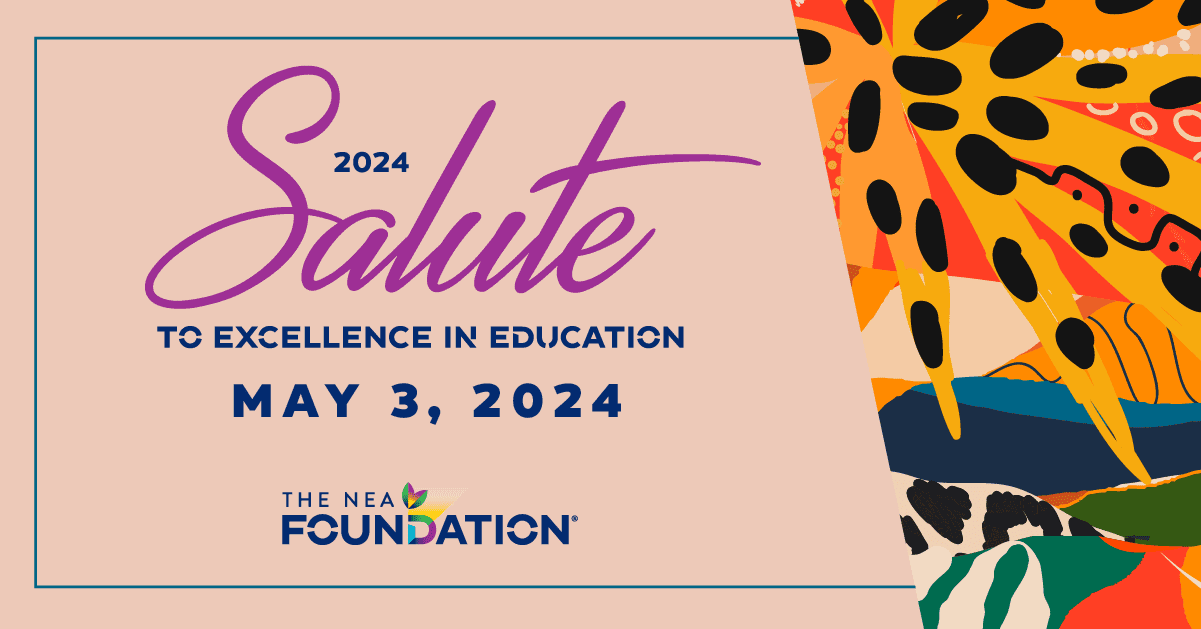Dr. Marlee Bunch (she/her) is an educator, author, and creator of the un/HUSH Framework, a culmination of resources and tools for creating culturally competent classroom lessons that uplift marginalized voices, unlearn biases, and foster connection through storytelling. Her new publication, “The Magnitude of Us: An Educator’s Guide to Creating Culturally Responsive Classrooms,” can be preordered online.
As educators, we shoulder many responsibilities, one of which is to help ensure that our lessons and activities are culturally responsive and competent. While this is a monumental task, it is one that requires our attention and commitment. The question that many of us may face is where to begin when creating a culturally responsive classroom. Culturally responsive teaching and pedagogy are important because they benefit students academically and socially (Gay, Ladson-Billings, et al), and help students learn perspective-taking. Below are five steps as a starting place for your journey:
- Know yourself. This one seems obvious but can be quite challenging. Knowing ourselves involves a commitment to learning, unlearning, and relearning. Understanding our own positionality (our lens and perspective), helps us to better understand how our positionality informs the way we create lessons, relate to topics, and interact with our students. Unlearning is a key element to better understanding ourselves. We can unlearn by exposing ourselves to professional development and lifelong learning, reading, researching credible resources, engaging in conversations, and self-reflection. If we can examine and consider what shaped our belief systems and experiences, then we are more likely to recognize biases that we have and find ways to fill in the gaps in our own learning. Consistent self-assessment helps expand our personal growth and perspective.
- Know your students and families. This is paramount. Building relationships with students and families is an excellent way to better understand our students and ourselves. Go to your students’ activities, make phone calls home, listen to your students, and be present in the community. Through connecting with students, families, and community members, we can expand our knowledge of culture, ethnicities, religion, and perspectives different from our own. In addition, we build trust, connections, and safety, which will help build a meaningful and inclusive classroom culture.
- Transform your lessons and activities to reflect the world. A culturally responsive classroom allows students to see themselves and others while reinforcing the importance of students being civically invested in society. Take time to plan intentional and equitable lessons and have a list of credible resources that support you when crafting lessons. Whether it be stories from history, books, or the stories of your students, find ways to use histories and stories to unearth connections to others. When students see shared experiences and witness stories, they can connect, expand empathy, and engage in perspective-taking. Use inquiry-based learning, discussion, and analysis when navigating difficult content. Having clear objectives, examples, and scaffolding, can all help ensure that content can be examined and discussed with respect and beneficial outcomes.
- Build collaboration and coalitions. Not only does collaboration offer the benefit of building relationships, but it expands our own learning and craft as educators. Invite guest speakers into the classroom, attend community events, and collaborate with other educators to strengthen and improve your pedagogy. Author and educator bell hooks offered great insights into the power of community building: “Beloved community is formed not by the eradication of difference but by its affirmation, by each of us claiming the identities and cultural legacies that shape who we are and how we live in the world.” ~bell hooks
- Commit to celebrating and elevating other cultures, groups, stories, and marginalized histories. This commitment might include setting time aside daily to reflect and self-evaluate, a classroom contract that includes your commitment to students, or flushing out the narratives and teaching philosophies that shape your classroom. Make your classroom inclusive year-round, to move beyond simply celebrating cultures based on calendar dates. In addition to lessons, include visuals and texts in your classroom that represent a myriad of cultures, people, and global awareness. Use the self-reflection guide below as a starting point.
For additional resources and information, you can visit www.marleebunch.com or pre-order Bunch’s upcoming teaching guide, “The Magnitude of Us: An Educator’s Guide to Creating Culturally Responsive Classrooms,” Teachers College Press, due out in October 2024.

